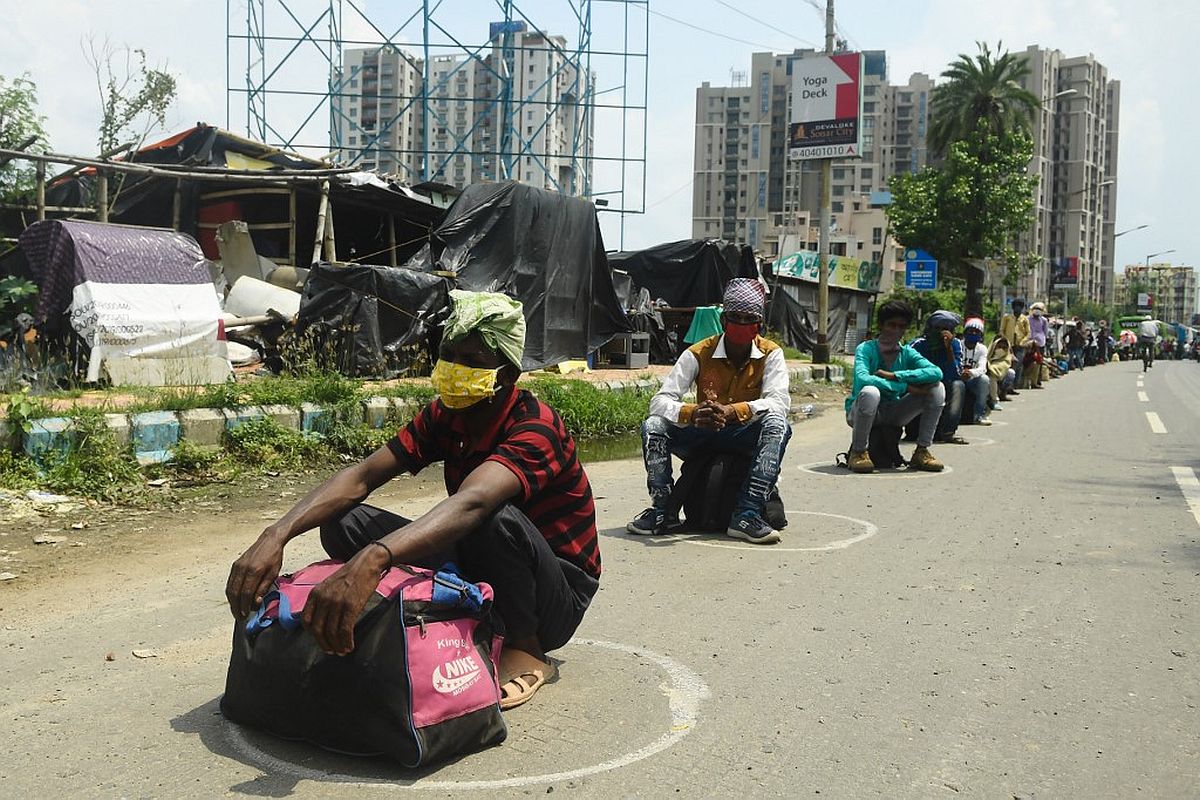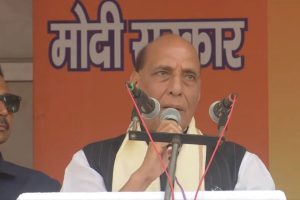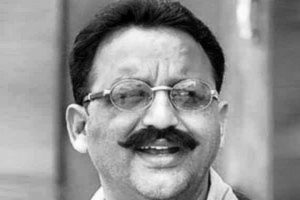The plight of migrant workers, highlighted by the prolonged lockdown, forces one to think of the abysmal poverty in our villages, which had forced these poor people to migrate to faraway cities. Most migrants live in straitened circumstances in their adopted cities, earning only enough to keep body and soul together.
Lack of adequate savings and lack of a psychological sense of safety and belonging made many migrant workers attempt an exodus to their hometowns on the very day the lockdown was announced. While all Governments claim to work for village people and farmers, no Government in recent times has genuinely tried to better the farmers’ lot. The last Government that sincerely tried was that of Lal Bahadur Shastri, who piloted the Green Revolution that brought prosperity to a large number of farmers. Later Governments frittered away the gains of the Green Revolution, failing to implement substantive agricultural reforms.
No doubt, there have always been a number of Government schemes for farmers but their implementation is such that farmers barely keep alive but never prosper. Large parts of rural UP, Bihar, Odisha and Uttarakhand have become ‘money order’ economies, relying on remittances from sons, brothers and husbands working in places like Delhi and Punjab. Kerala is another example of a ‘money order’ economy, the only difference being that the origin of remittances to Kerala is the Gulf region. Around 15,000 farmers commit suicide every year, which is a grim indicator of the plight of farmers.
Mahatma Gandhi had written: “Remove his (the villager’s) chronic poverty and his illiteracy and you have the finest specimen of what a cultured, cultivated free citizen should be.” Unfortunately, even after 70 years of Independence most villagers are still poor and illiterate. The Mahatma’s dream of self-sufficient and autonomous village republics is long dead. Inter-state and intra-state migration for economic reasons is a result of the uneven growth of States, and within them, unequal growth of cities and villages. Most of the inter-state migrants are from BIMARU States, who head to more prosperous States like Goa, Delhi, Maharashtra, Gujarat, Tamil Nadu, Kerala and Karnataka. Census 2011 estimated the number of inter-state migrants for economic reasons at 5.1 crore people, which amounted to roughly 10 per cent of the total workforce of 48.2 crore.
The rate of inter-state migration is estimated at roughly 4.5 per cent per year, which would, as on today, put the number of interstate migrants for economic reasons at approximately 7 crore people. Most of the migrant labourers are employed in low-paying jobs. Additionally, inter-state migrants face prejudice and disincentives like restrictive domicile provisions and loss of social benefits. Even the more prosperous states witness intra-state migration i.e. migration of the poor from impoverished villages to more prosperous cities. In fact, intrastate migration is estimated at 8 crore people. The Economic Survey 2016- 17 devoted an entire chapter to interstate and intra-state migration but did not dwell upon the underlying reason for the desperate flight of manpower to big cities, namely, the abysmal poverty, lack of job opportunities and poor civic amenities in small towns and villages. Rather, citing the example of China which has almost 28 crore migrant workers, the Economic Survey took migration for economic reasons as a sign of progress.
According to the Economic Survey: “high economic growth rates have been accompanied by mass migration from the rural hinterlands to urban hotspots, mainly along the coast.” The human cost involved in migration probably escaped the attention of our economists. Viewed from a purely economic point of view, the terms of trade between cities and villages are heavily loaded against villages. Compared to industrial products, agricultural produce and manpower are valued cheaply. Starting from 1970, prices of farm produce have risen much more slowly than the prices of industrial products. Consequently, agriculture employs 45 per cent of our workforce but accounts for only 15 per cent of our GDP. MNREGA wage rates are around Rs 200 per day in most States, roughly half of the minimum wage under the Minimum Wages Act. Per capita farming incomes have been falling steadily vis-a-vis other kinds of income and the gap between farming income and income from other activities has widened noticeably over the years. Most farmers are desperately poor because 67 per cent of farm holdings are less than 1 hectare in size and nearly 60 per cent of India’s total cultivated area is rainfed.
The average farm size which was 2.28 hectares in 1971 is now only 1.15 hectares. Results of a consumer expenditure survey conducted by the National Statistical Office (NSO) show that consumer spending in villages declined by 8.8 per cent between 2011-12 and 2016-17. More significantly, in the same period, the average monthly spending on food in rural areas declined by 10 per cent, from Rs 643 to Rs 580. According to the Global Hunger Index 2019, poor rural households spend more than 60 per cent of their incomes on food but still cannot afford nutritious food like pulses, vegetables, milk and fruit because of their low spending capacity. One may well ask as to what nutritious food could be had in Rs 580 per month? Stating the obvious, food is available in plenty, but poverty limits access to food for a large chunk of our population. In some States, such as Assam, Bihar, Chhattisgarh, Madhya Pradesh, Odisha, Jharkhand and Uttar Pradesh, more than 30 per cent of the population lives below the calorie-based poverty line. A promise was made by the Prime Minister to double the income of farmers by 2022. To this end, Minimum Support Price (MSP) of a number of agricultural commodities has been increased in some cases by more than 50 per cent.
The Union Budget 2019 prescribed Zero Budget Natural Farming (ZBNF), a method of chemical-free agriculture, to reduce the cost to farmers. Paradoxically, the Finance minister did not allocate any funds to ZBNF. Rather, States were allowed to use funds allocated to them under some ongoing schemes to promote ZBNF along with Vedic farming, natural farming, cow farming and a host of other traditional methods. The success of an important scheme without allotting sufficient dedicated funds can well be imagined. Significantly, as against a budget allocation of Rs 1,30,485 crore for agriculture in the Budget 2019, only Rs 1,01,904 crore could be spent, which points to poor implementation of agricultural schemes. Non-traditional and horticultural crops command much higher prices but due to lack of knowledge, marketing facilities and capital, most of our farmers grow only traditional crops, mainly cereals. Anyone with even a nodding acquaintance with Indian agriculture would agree that rather than fixing a high MSP for traditional crops, helping farmers in marketing, choosing the correct crops to grow, promoting agriculture-based industries and improving village connectivity would have a far more beneficial effect on the village economy. As of now, only a part of the agricultural output of farmers is purchased by the Government; most of which goes waste in the absence of proper storage facilities. Agricultural distress can be addressed only by implementing a well thought out strategy like the Swaminathan Report on Agriculture of 2006 or by having a policy like the Common Agricultural Policy of the European Union.
We can improve the living conditions of a major part of our population by generating income earning opportunities in villages and small towns, which would benefit people living in cities also because concentration of population in a small number of cities has stretched their civic facilities to breaking point. We are repeating the very mistake that the US had committed earlier: “As a society, we (the US) devalued farming as an occupation and encouraged the best students to leave the farm for ‘better’ jobs in the city. We emptied America’s rural counties in order to supply workers to urban factories.” (Author Michael Pollen in an open letter to President-elect Barack Obama in 2008)
(The writer is a retired Principal Chief Commissioner of Income-Tax)











